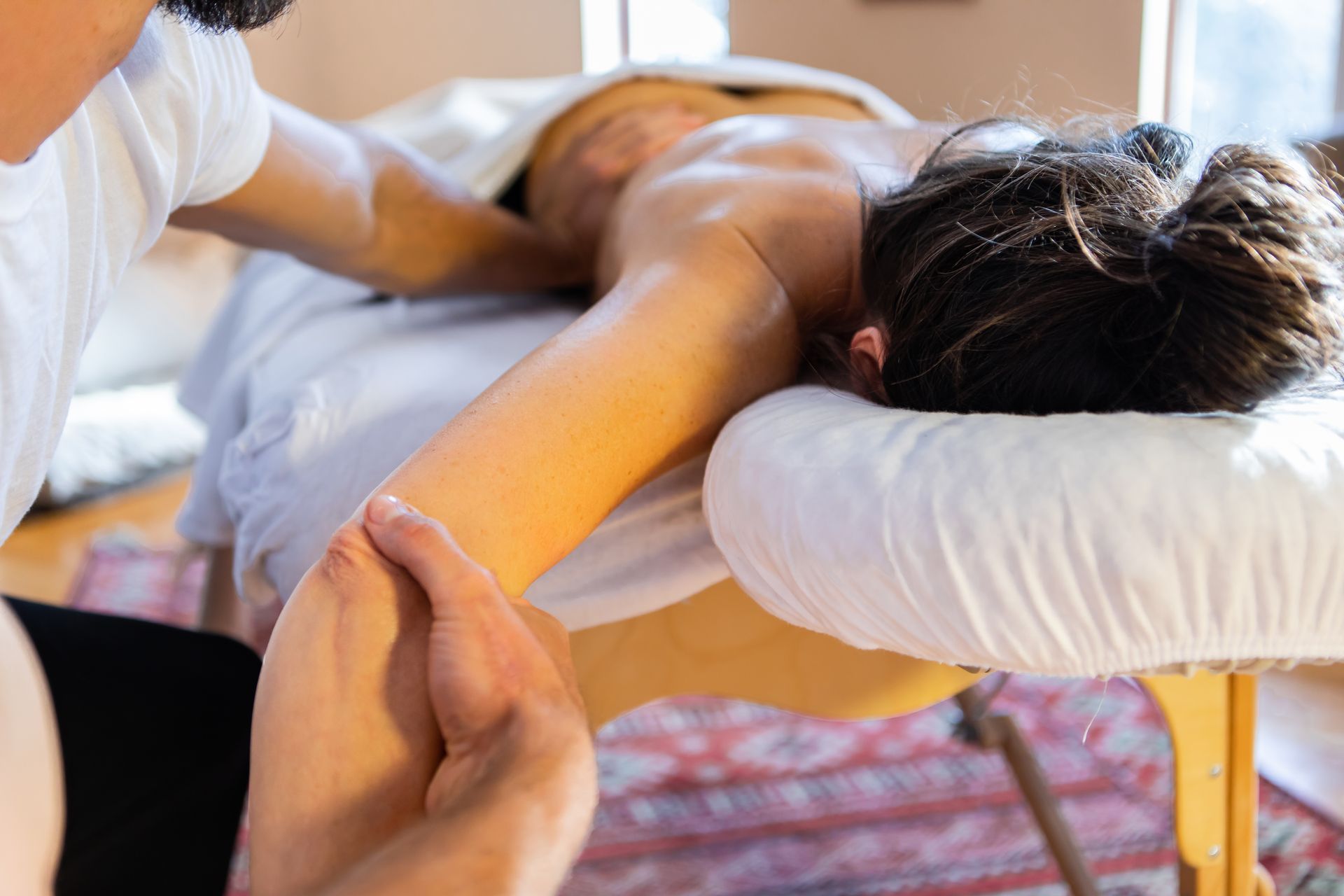Functional Movement Assessment and Corrections
"The treatment has long term benefits as Robbie explores the reason for the pain. By becoming aware of this you can change what you are doing..."
How faulty movement patterns could be the cause of your injury.
The evidence shows that the biggest predisposing factor of non-traumatic injury during sport is previous injury. It used to be taught that this was because the previous injury created a weak area that is prone to re-injury. However, recent research has discovered that this is probably too simple an explanation. In fact injury can create faulty movement patterns that in turn create weak or overused areas and it is these areas that are prone to future injury. Also, there are many other mechanisms that can cause faulty movement patterns that are equally important. But it is not that important to know what these past events are because we can now measure your movement patterns to see where your faults are and create a treatment regime to resolve them. Once you have restored normal movement patterns you are less likely to become injured.
Using a well-researched screening assessment, functional movement, or lack of, can be graded. Depending on what the screen has shown a series of manual techniques and corrective exercises can be used to reduce the imbalances and restore normal functional movement. This will reduce your likelihood of non-contact injury in the future. Because the system is graded your progress can be monitored making your improvements
visible and obvious.
What is Functional Movement?
In simple terms functional movement is how we move in the real world, not just the treatment room. The philosophy behind functional movement follows the same concept as the standard osteopathic philosophy. To create efficient movement, the whole body must be functioning properly. When the body is considered as a chain of muscles and joints rather than a set of individual joints working alone, any weakness or restriction or tension in the chain will cause an imbalance and weaken the entire chain. Over time imbalance increases the potential for weak areas to become irritated or injured and tense areas to become over used or strained.
How do we test for faulty functional movement patterns?
Proper functional movement occurs in co-ordinated patterns, which can be assessed and corrected. Over the past few years much research has been put into how to test for potential future injury. Most has been done in the USA and Australia and a few screening tests have been devised. The best one I have come across is called the “Functional Movement Screen”, developed by a group of physical therapists in Virginia, USA. It is a series of 7 basic movements that are fundamental to normal functional movement. By subjecting the body to these movements any areas of weakness, stiffness or asymmetry and therefore potential for injury are highlighted.
How can we fix these faults?
These dysfunctional areas and asymmetries can be corrected. Physical treatment and corrective exercises can loosen restricted and re-train weak or unstable patterns (not isolated areas) to function in the correct manner. Initially it is important to release off any tight muscles or restricted joints. Once this has been done weak muscles can be retrained to move in the correct, co-ordinated patterns using specialised exercises, which may include assisted movements or resisted movements that can be performed in the clinic or at home.
Why do functional movement patterns become faulty?
In infanthood, we are all programmed and develop to move the same way. Over our lifetime repetitive movements, isolated static postures and over training certain areas create changes in the way in which we move. We learn to use some areas of our body more than others. When this happens we pull ourselves out of symmetrical alignment. Previous pain caused by injury or inflammation will cause a temporary change in the way in which we move. We guard away from the pain. Sometimes, once the pain has resolved, the changed movement pattern persists. All these changes put unnecessary stress on other, weaker areas, which become prone to injury.
Think of it like a car that has a slightly misaligned axle. The tyres will wear down quickly on one side and lead to weakening and potential puncturing of the tyre. It is no use in just replacing the tyre because it will wear down again. The tracking (alignment) needs to be repaired. Similarly this is why a problematic hamstring keeps straining even though it has fully healed. It is similar to replacing the tyre with a brand new one. Eventually the hamstring will go again. The cause of the strain is the faulty way in which the hamstring is functioning. If this is resolved the likelihood is it will not strain again











